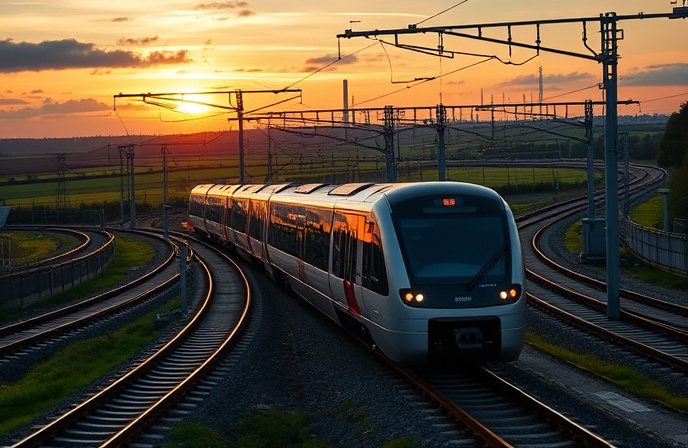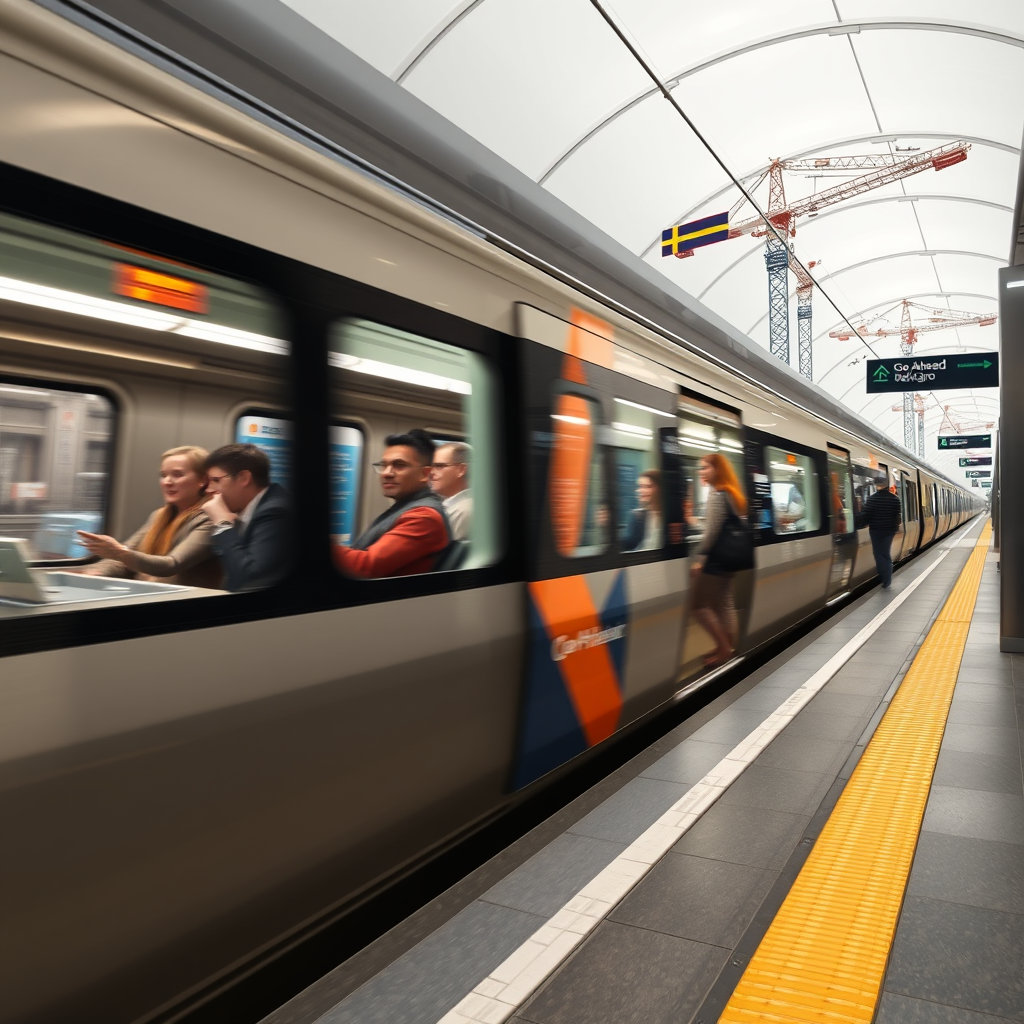SunRail Expands: Universal Orlando Station & Regional Connectivity

Enhancing Regional Connectivity: The Development of a New SunRail Station at Universal Orlando Resort
This article explores the significant development of a new SunRail commuter rail station at the Universal Orlando Resort, a project poised to revolutionize regional transportation in Central Florida. The initiative, a collaborative effort between the Right Rail coalition, Universal Orlando Resort, and Orange County, signifies a substantial investment in improving accessibility, bolstering economic growth, and enhancing the overall quality of life for residents and visitors alike. The creation of the Shingle Creek Transit Utility Community Development District (CDD) represents a novel approach to public-private partnerships in rail infrastructure development. This CDD will manage all aspects of the project, from initial planning and financing to construction, operation, and ongoing maintenance. The project’s impact extends beyond simply adding another station; it’s a crucial step towards establishing a comprehensive, interconnected transportation network across the region, connecting disparate communities and key destinations such as the Orange County Convention Center and Orlando International Airport (OIA).
The Shingle Creek Transit Utility Community Development District (CDD)
The formation of the Shingle Creek Transit Utility CDD is a key element of this project’s success. This limited-purpose public entity assumes responsibility for the planning, financing, construction, operation, and maintenance of the new SunRail station. This structure allows for a more streamlined and efficient process, leveraging the expertise of both public and private sectors. Universal Orlando’s significant contribution of 13 acres of land and up to $125 million in private activity bonds (PABs) underscores their commitment to the project and highlights the potential for future public-private partnerships in similar infrastructure initiatives. The strategic allocation of land ensures optimal integration of the station within the existing infrastructure and promotes intermodal connectivity, facilitating seamless transfers between various transportation modes.
The Sunshine Corridor Programme and Regional Connectivity
This project is integral to the broader Sunshine Corridor Programme, a vital initiative aimed at extending SunRail’s reach to connect OIA and the Orange County Convention Center. This expansion is crucial for improving access to these key destinations for both residents and tourists. The new station will serve as a crucial link, significantly enhancing regional connectivity. Moreover, the integration with Brightline, the privately-operated intercity rail service connecting Miami, Fort Lauderdale, and West Palm Beach, will further increase accessibility, creating a comprehensive inter-regional transportation network. This interconnected system reduces reliance on personal vehicles, alleviates traffic congestion, and promotes sustainable transportation options.
Economic Impact and Community Benefits
The economic benefits of this project are substantial. The improved accessibility will foster business growth within the International Drive area and across the broader region. The enhanced transportation options will benefit approximately 100,000 workers in the International Drive area, providing them with more convenient and efficient commuting options. The project’s positive economic impact extends beyond the immediate vicinity, stimulating economic activity across Central Florida and attracting further investment in the region. Improved transportation also improves quality of life, particularly reducing commute times and related stress for area residents.
Multimodal Integration and Future Planning
The emphasis on intermodal capabilities is a crucial feature of this new station. The design prioritizes the seamless integration of various transportation modes, such as buses, ride-sharing services, and potentially future autonomous vehicles. This creates a truly integrated transportation hub that caters to the needs of diverse commuters and travelers. The success of this project should serve as a blueprint for future expansions and upgrades to the Central Florida transportation network. Further investment in similar projects, particularly focused on strengthening connections between key areas and expanding service to underserved communities, is essential for creating a truly robust and equitable transportation system.
Conclusion
The development of the new SunRail station at Universal Orlando Resort marks a significant milestone in enhancing regional connectivity in Central Florida. The collaborative partnership between the Right Rail coalition, Universal Orlando Resort, and the newly formed Shingle Creek Transit Utility CDD exemplifies a successful model for public-private partnerships in infrastructure development. The project’s contribution to the Sunshine Corridor Programme will drastically improve access to key destinations, including OIA and the Orange County Convention Center, benefiting both residents and visitors. The economic implications are substantial, stimulating growth within the International Drive area and the region as a whole. The emphasis on intermodal integration ensures that the station serves as a truly comprehensive transportation hub, catering to the needs of diverse commuters and facilitating efficient travel. This initiative is not simply about adding a rail station; it is a strategic investment in the future of Central Florida, shaping a more efficient, sustainable, and interconnected transportation network for generations to come. The success of this project provides a compelling argument for prioritizing similar initiatives in other regions, demonstrating the transformative power of strategic public-private collaborations to improve public infrastructure and enhance the quality of life for all stakeholders. The project serves as a potent example of how a well-planned and executed commuter rail development can significantly improve regional connectivity, boost economic activity, and improve the quality of life for residents and visitors alike. Future development should focus on replicating this model to address other transportation challenges and create a more integrated and sustainable transportation system throughout the region.


